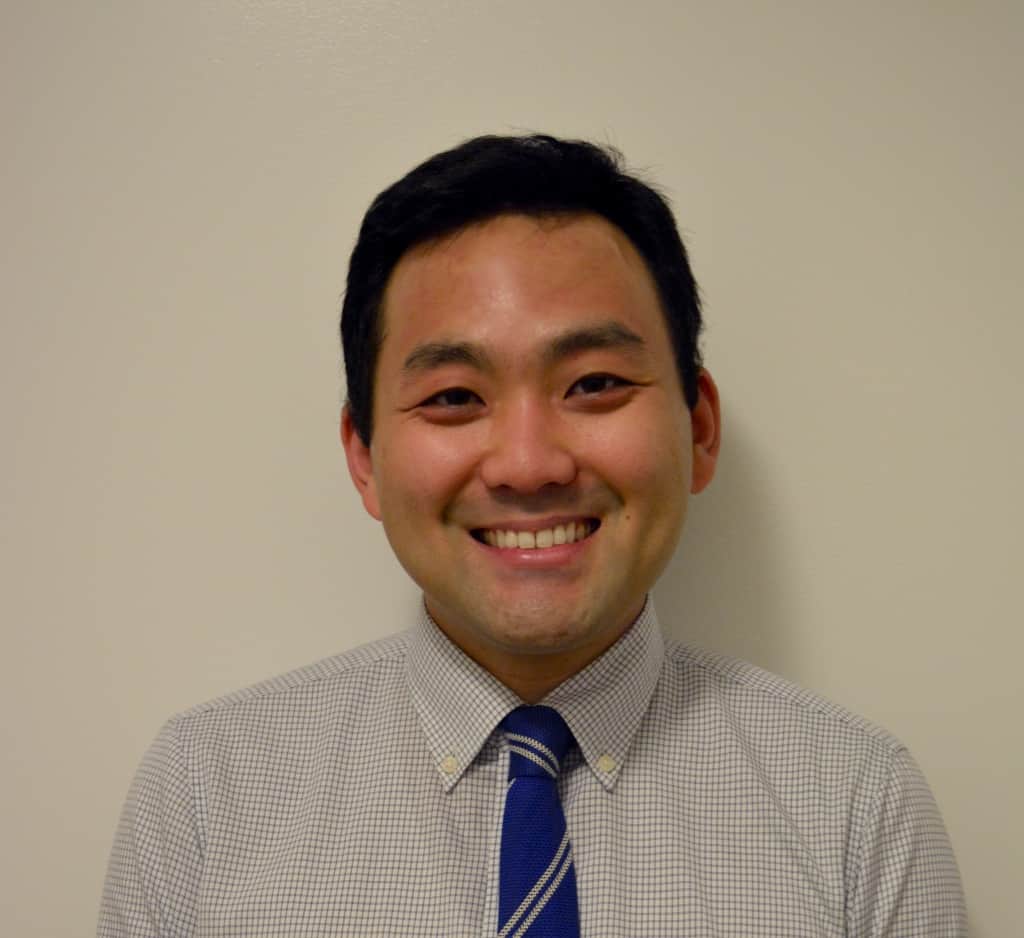Few studies have examined substance use among older adults, especially among those who need substance abuse treatment. This is a vulnerable patient population that may put increasing demands and costs on the healthcare system.
Recent research indicates that physicians are facing a never before seen epidemic of older adults with substance use issues, in large part because of the unprecedented aging of the United States population and high rates of substance use that has been seen among the baby-boomer generation. “Few studies have examined substance use among older adults, especially among those who need substance abuse treatment,” says Benjamin Han, MD, MPH. “This is a vulnerable patient population that may put increasing demands and costs on the healthcare system.”
Exploring the Issue
According to Dr. Han, a better understanding of the the epidemiology, health status, and specific needs of this aging population is needed. “We have little data on how substance use impacts aging or the use of substance use treatment programs among older adults,” he says. In an effort to address this research gap, Dr. Han and colleagues had a study published in Substance Use & Misuse that explored how middle-aged and older adults accessed opioid treatment programs in New York City, which has one of the largest substance use treatment programs in the U.S. The study examined administrative data from licensed drug treatment programs in the city and assessed overall age trends and characteristics of participants over a period of about 16 years.
The research team observed large shifts in patient demographics in opioid treatment programs from 1996 to 2012. “Over the course of the study, the number of people aged 50 to 59 in opioid treatment increased by approximately 325%,” says Dr. Han. “The number of those aged 60 or older in opioid treatment increased by about 617%. By 2012, the largest age group in opioid treatment was adults aged 50 to 59. We knew there would be some demographic changes over the time period assessed in our study, but we did not anticipate such a large shift.”
Related Articles
- Comparing Heroin-, Opioid-, and Marijuana-Related Overdoses
- Memory room allows older patients to step back in time
- Progress in Caring for Older Patients?
- Persistent Pain in Older Patients
Assessing the Implications
The observation that an increasing number of older adults are entering opioid treatment programs in New York City is one that is likely to continue into the next decade, according to the study. “The most significant implication of our findings is that while rates of substance use among older adults have been relatively low in the past, clinicians should be aware that substance use disorders cannot be viewed only as a problem seen in younger adults,” says Dr. Han. “In addition, our study showed there is a growing group of vulnerable older adults in substance abuse treatment who were likely at high risk for multiple chronic conditions and functional disability.”
Looking Forward
The study by Dr. Han and colleagues also identified areas that should be high priority for further research. “Studies are now underway to better understand this patient population, with a greater focus on analyzing the role of comorbidities and functional status and on determining how these people utilize our healthcare system,” Dr. Han says. “Once we better understand the challenges of the intersection of aging and substance use, we can then design patient-centered models of care to improve the health of these patients.”



 PhysWeekly
PhysWeekly